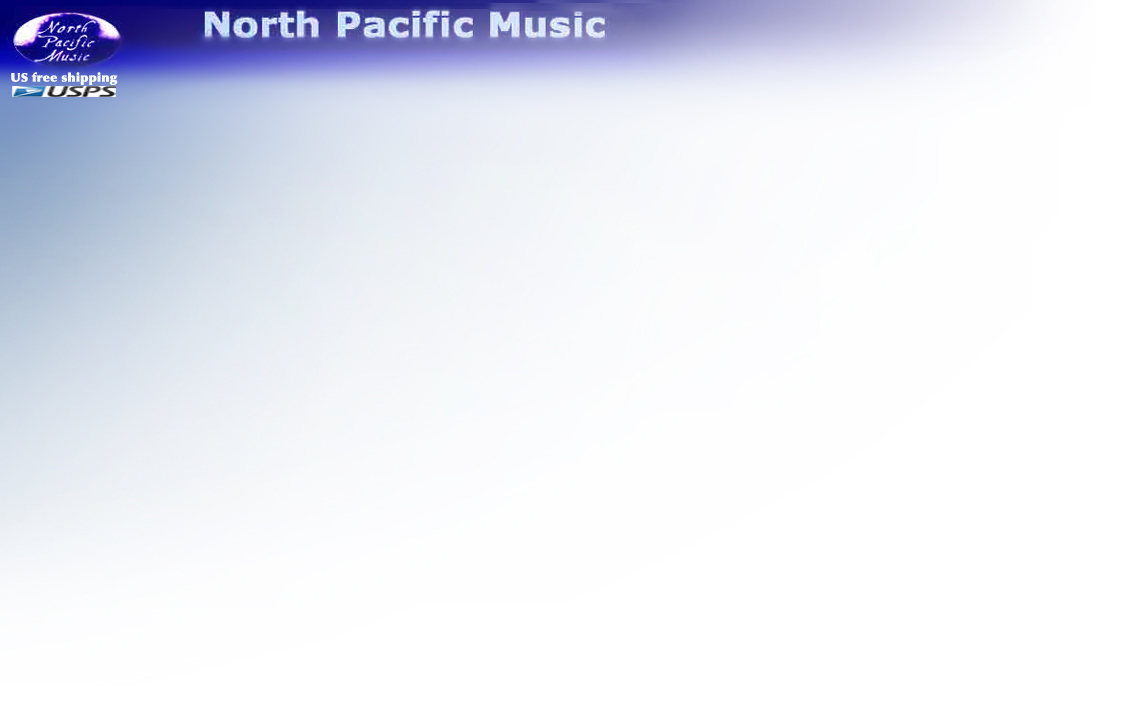


"Here is tonal and melodic music with wide-ranging sounds, which are
often breathtakingly beautiful, sometimes exciting, and invariably
pleasurable and satisfying. It is all beautifully played and well
recorded. Both soloists have extensive international careers." [...]
Classical Net - Copyright ©
2014 by R. James Tobin
George Enescu (1881-1955), the well-known
Romanian composer, pianist, violinist, conductor, and teacher created in
his Sonata for Violin and Piano No. 3 in A Major, Opus 25 “Dans le
caractère populaire roumain” a wildly fascinating impression of the
lively, mysterious, passionate, and colorful Romanian character.
Composed in 1926 and the most popular of his three violin sonatas,
Enescu himself recorded it with the formidable Dinu Lipatti at the
piano.
As in his Romanian
Rhapsodies of 1901-2, Enescu brings
influences of Romanian folk music to this piece. He weaves original
melodies that suggest the folk culture of his home, using “Gypsy” fiddle
techniques to realize their flavors. His use of extensive
ornamentation, quarter-tones, chromaticism, complex rhythms and
textures, and unusual bowing instructions all combine to create the
Gypsy effect. Enescu gives the pianist extensive glissandi, ostinati,
and creative pedaling techniques to make for unusually vivid
counterpoint, color, and texture. The listener even hears a
dulcimer-like sound emanating from the piano. The three-movement sonata
sounds remarkably improvised throughout although it is tightly
constructed. The first movement, Moderato malinconico demonstrates a
rather sophisticated sonata form and is both rhapsodic and magical, yet
mysterious. The fragmented musical phrases often dwell in the dark
shadows, emerging with color and light seemingly looking for resolution.
The recapitulation of the opening material is generously embellished
and interestingly disguised. The second movement, Andante sostenuto e
misterioso is meditative and plaintive, and at its climax, sorrowful and
wailing, utilizing vocal inflections and shrill sounds. It is dramatic
and fulfilling. The rustic last movement, Allegro con brio, ma non
troppo mosso dances lightly at first, and later in a frenzy, bringing
the piece to a fantastically dramatic conclusion.
Ukrainian composer, Myroslav
Mykhaylovych Skoryk, was born in 1938. A
serious composer of concert music, including two violin concerti, two
piano concerti, a cello concerto and symphonic music, he is an
accomplished pianist/performer, professor of composition, and composer
of film music. He also works well in the Jazz and Popular idioms. His
chamber and solo output are quite varied, including piano music, string
quartets, a piano trio, clarinet and wind music, violin and piano music,
and two sonatas for violin and piano. His notable teachers include
Dmitry Kabalevsky, as well as professors Liudkevych, Simovych, and
Soltys in Russia and Ukraine.
Skoryk’s Sonata for Violin and Piano
No. 2 was composed in 1989. This
gestural piece holds much emotion in its three movements, at times free
and quiet, then building to sonorous climaxes. Although this music is
distinctly original, influences seem to come from Shostakovich, as well
as the Jazz idiom, and at times there may even be heard a suggestion of
Beethoven. With a quasi-parlando style unfolding of motives, Skoryk’s
creative process is inspired by the interplay of the two instruments,
leading to effective development throughout the music.
Arno Babajanian (1921 -1983) is still a somewhat mysterious and
intriguing composer from Armenia. A pianist himself, he toured Russia
and Europe extensively while working as a composer in many genres. In
1971 he was named People’s Artist of the Soviet Union and his face even
appeared on a postage stamp. His music has everything from Romanticism
to Barbarism and his use of folk material and complex meters and rhythms
shows his music to be fresh and progressive. His coloristic sense is
extraordinary and his music is, at times, profoundly beautiful.
Babajanian’s Sonata for Violin and
Piano, loved by violinists and pianists
who are lucky enough to know it, is a remarkable work that was composed
in 1959. A three-note motive works its way through all the movements
with clarity and sureness. The dramatic opening movement, marked Grave,
struggles to reveal itself at first, soon finding its forward motion.
Ominous undertones eventually melt into a vast sea of tranquility. The
pizzicato idea first heard here reveals itself more fully in movement
two, Andante, where the flavor is exotic and pungent. Here he follows
slow music with extremely fast music for a completely unexpected and
strangely powerful outcome. The music extinguishes itself in the end
like a candle’s flame. The final movement, Allegro, is a fiery ritual
dance with constantly changing meter. It fully exploits the three-note
idea to great dramatic effect. A nervous tension gives way to a
brilliant and explosive idea that is later interrupted by a deeply
poetic utterance, reminiscent of music heard earlier. Subsequently, it
strives to find its energy, boldly carrying the listener to a brilliant
and rhapsodic conclusion.
2013 Richard Cionco
| track samples - 60 sec. |
|
Sonata No. 3 for Piano and Violin
George Enescu |
|
|
2. II Andante sostenuto e misterioso |
|
|
3. III Allegro con brio, ma non troppo |
|
|
Sonata No. 2 for Piano and Violin
Myroslav Skoryk |
|
|
5. II “Aria” Andante con moto |
|
|
6. III “Burlesque” Vivo |
|
|
Sonata for Piano and Violin |
|
|
8. II Andante sostenuto |
|
|
9. III Allegro risoluto |
|
 |
|
|